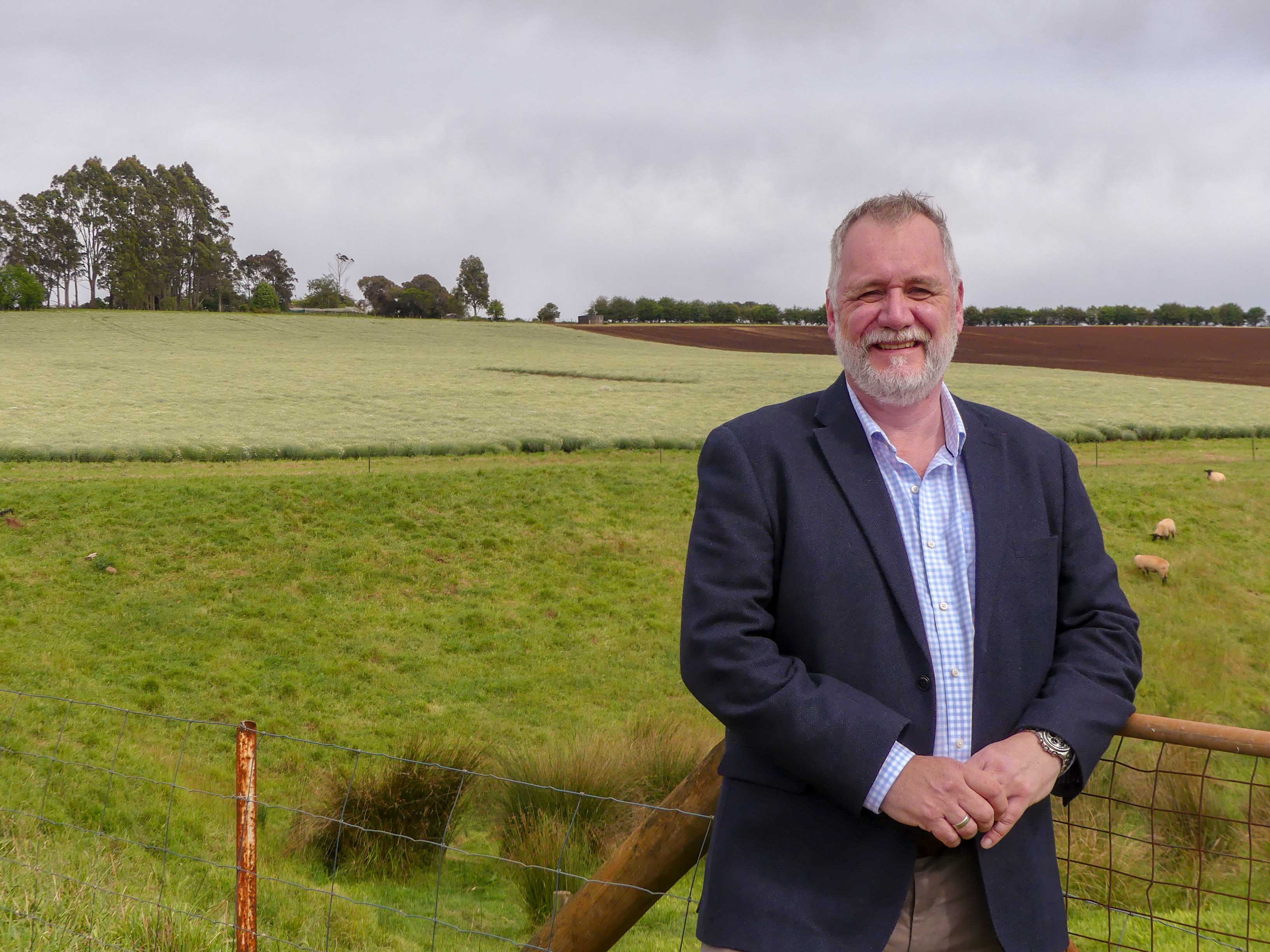The Tasmanian Institute of Agriculture’s 2022 Highlights Report has been released.
This 60-page document contains highlights from our research, industry development, and education endeavours, along with a comprehensive list of research projects and publications.
All these activities aim to support TIA’s mission of enabling the productivity of Tasmania’s agriculture and food sectors while maintaining and improving our land and water quality for future generations.
"We are grateful for the ongoing support of our partners and remain focused on ensuring that our research and education priorities are responsive to industry needs, contemporary challenges and future opportunities," TIA Director, Professor Michael Rose.
Highlights include:
1. Creating sustainable economic benefit for the agri–food industry of Tasmania: TIA‘s activities support the Tasmanian Government’s AgriVision 2050 target for growing the Tasmanian agricultural industry to $10 billion by 2050. As an example, in 2022 we began a $6.4 million research partnership with Horticulture Innovation Australia and industry partners, to enable the growth of cool climate horticulture in Tasmania by 20 per cent over the next five years. Another project will investigate expanding crop protection options for the control of blueberry rust. Separately, our post farm–gate food researchers are investigating novel approaches for shelf–life extension of vacuum–packed chilled sheep meats.
2. Building resilience to climate change and limiting emissions from agriculture and food production: Climate change is with us, and it is likely that we will see more severe and more frequent extreme climate events in the future. Amongst many projects that will build resilience and mitigation for Tasmania, we are investigating the on–farm adoption of low emissions feed technologies for improved profitability of the livestock sector. In addition, we are working to beat smoke taint with sparkling wine, while our researchers are developing decision support systems for the management of potato diseases in a climate changed world.
3. Exciting young people about the opportunities of a career in agriculture and food: In 2021, TIA hosted the Agriculture Training and Education for the Future Forum which recommended the establishment of the Tasmanian Agricultural Education and Training Partnership. This Partnership was launched in 2022 with representatives from the education and agricultural industry sectors of Tasmania. The Partnership is considering ways in which we can increase the number of young people considering a career in agriculture.
4. Enhancing the experience of students: Students studying agricultural science at the University of Tasmania are fortunate to be supported by up to $250,000 worth of scholarships that have been donated by benefactors across Tasmania – and I was thrilled to award scholarships to 11 students in 2022. TIA held the annual Feed Your Mind, Feed the World three–day camp in December for students wanting to learn more about the agricultural industry. It included visits to a range of farming enterprises as well as to TIA’s research farms.
5. Partnerships that leverage and complement our research and teaching strengths: One example of the partnerships we have is with the Australian Pastures Genebank – the first national pasture and forage genetic resource centre. The Genebank acquires, conserves, and distributes plant genetic material as the basis for enhanced agricultural productivity and environmental preservation across Australia.
6. Better connecting with industry: Last year saw an extension of the research agreement with Dairy Australia, Dairy HIGH 2 (High Intensity Grass Fed Herds) to evaluate the impacts of pasture type and synthetic nitrogen fertilisation application rates on the productivity of irrigated grazing–based dairy farming systems. This is a great example of how we have developed our research programs in partnership with the farming industry to ensure that findings are relevant and ready for adoption.
Read the report online.



